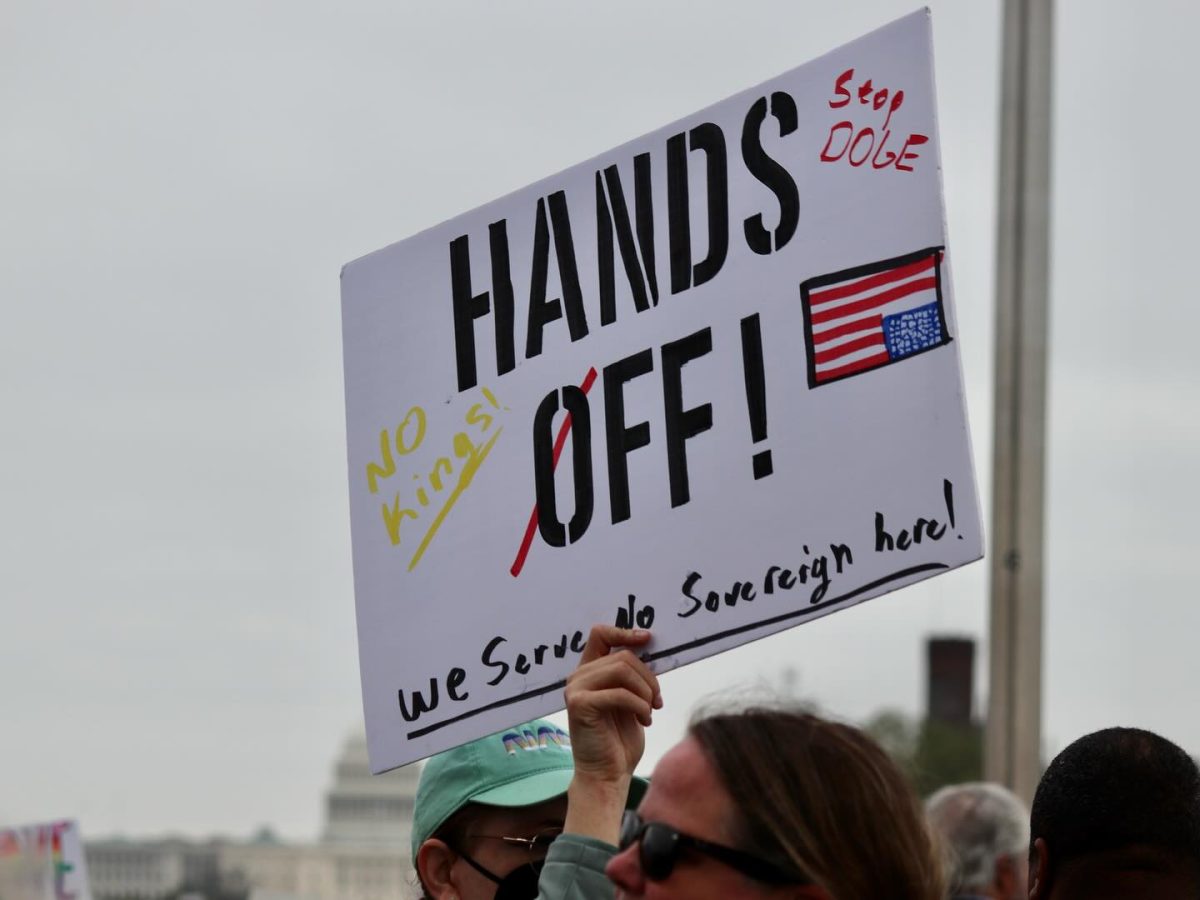Let’s wage on: raise the minimum
November 6, 2017
At the intersection between Old Georgetown Road and Rock Spring Drive, cashier Nicky Genice clocks in about 30 hours a week at Giant. When asked about Montgomery’s push for a $15 per hour minimum wage, her answer is succinct and clipped: “I feel damn straight.”
When asked if the current wage is livable, her reply is even shorter: “Rarely.”
The average cost of living in Montgomery County is one of the highest in the nation at $15.80/hr for a single adult, nearly double Maryland’s current minimum wage of $8.75, according to a living wage model from MIT. To support the working class in a climate of ever-growing expenses and benefit our local economy, the Montgomery County council should pass Bill 28-17 to gradually raise the minimum wage to $15/hr by 2022.
An increased wage is what employees deserve. Since the 1960s, worker productivity has nearly doubled, while the minimum wage has largely remained stagnant. If workers were paid the corresponding wage for productivity growth, the wage would be nearly $19/hr today nationally, according to the Economic Policy Institute. Passing the proposed bill would ensure that workers are getting paid fairly in proportion to their efforts.
Genice, who described the minimum wage as an “everyday struggle” from making rent to buying groceries, carries a message that resonates with thousands of working class employees. The inadequate pay can even complicate transportation, from struggling to pay for a bus fare or renting a car to get to work, her co-worker Andre Worthington said. Another co-worker, David Mathewson, agreed, jokingly attributing the lack of legislation to “a big orange head in office,” before nodding when Worthington said it all: the $15 minimum wage “should’ve happened a long time ago.”
While opponents argue the $15 minimum wage would adversely affect local businesses who can’t afford to pay workers on this increased salary, historical and current trends show otherwise. In states that raised their minimum wages, the increased pay allows workers to buy more goods and services, in turn increasing demand and even allowing businesses to hire more employees, a 2015 study from Integrity Florida—a nonpartisan, nonprofit research institute—reported.
Increasing the minimum wage would also foster better connections between employees and employers with the increased incentive to work, motivating workers to stay longer in their jobs and increasing worker productivity. By reducing turnover rates, businesses can actually save money with lower training costs, economic analyst Ben Zipperer said.
A plan of gradual implementation also allows smaller businesses to better transition into paying higher wages, giving Montgomery County a built-in pause mechanism if negative economic factors do arise.
20 states have already committed to raising their minimum wages so far in 2017. It’s time Montgomery County joins the fight for $15 per hour. Every member of our community deserves a paycheck that reflects both their efforts and the costs around them; they deserve paychecks that reflect reality.









